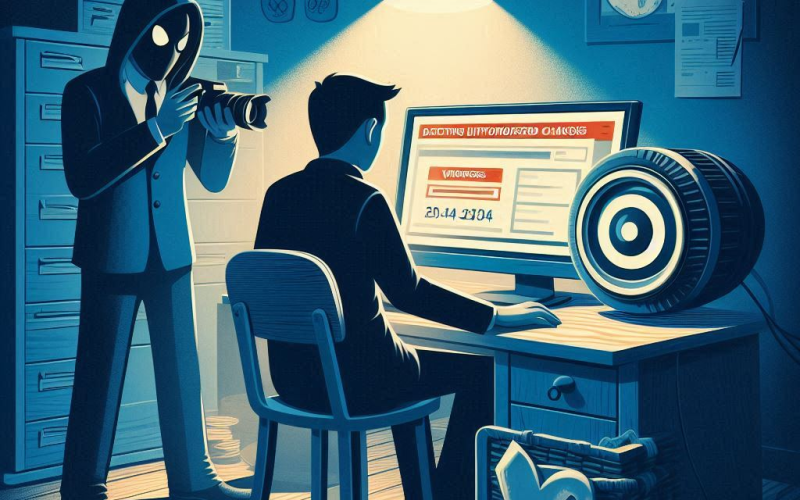Detecting Unauthorized Changes: How to Find Out if Your WordPress Blog Has Been Hacked

Detecting Unauthorized Changes: How to Find Out if Your WordPress Blog Has Been Hacked
Detecting Unauthorized Changes: How to Find Out if Your WordPress Blog Has Been Hacked
WordPress is a powerful and popular platform for creating and managing websites, but its widespread use also makes it a target for hackers. Discovering that your WordPress blog has been hacked can be alarming, but knowing how to detect unauthorized changes can help you take swift action to secure your site. This guide will walk you through the steps to identify if your WordPress blog has been compromised and what to do if you suspect a hack.
Signs That Your WordPress Blog Might Be Hacked
Unexpected Changes: Altered or new content, links to suspicious websites, or unauthorized administrative actions.
Security Warnings: Alerts from security plugins or your web hosting provider.
Performance Issues: Slow loading times, frequent crashes, or unusual spikes in server usage.
Email Notifications: Notifications about changed passwords, new user accounts, or other unexpected activities.
Search Engine Warnings: Your site is flagged by Google or other search engines for malicious content.
Step-by-Step Guide to Detect Unauthorized Changes
Step 1: Check Your Site's Frontend
Visual Inspection: Visit your website and look for any unusual changes in the content, layout, or functionality.
Source Code Review: View the source code of your website (Right-click > View Page Source) and search for any unknown scripts, iframes, or links.
Step 2: Use Security Plugins
Install a Security Plugin: Plugins like Wordfence, Sucuri, or iThemes Security can help you scan for vulnerabilities and malicious files.
Run a Scan: Use the plugin to perform a comprehensive scan of your website to detect any malicious activity or unauthorized changes.
Review Results: Analyze the scan results to identify any suspicious files or changes.
Step 3: Compare File Integrity
Backup Comparison: Compare your current site files with a backup from a time when you know your site was secure.
File Integrity Check: Use tools like Wordfence or the diff command in a command-line interface to compare files and detect unauthorized changes.
Step 4: Review User Accounts
Check for New Users: Go to the Users section in your WordPress dashboard and look for any unfamiliar user accounts, especially those with administrative privileges.
Review User Activity: Check the activity logs (if available) to see if there have been any unauthorized changes or actions performed by users.
Step 5: Monitor Server and Database
Server Logs: Review your server logs for any unusual or unauthorized access attempts.
Database Check: Look for any unauthorized changes to your database by using tools like phpMyAdmin to inspect your database tables.
What to Do If Your Site Is Hacked
Change Passwords: Immediately change all passwords for your WordPress admin account, hosting account, database, and any other associated services.
Restore Backup: If you have a clean backup of your site, restore it to overwrite the compromised files.
Remove Malware: Use a security plugin to clean up any malicious code and files.
Update Everything: Ensure that your WordPress core, themes, and plugins are all updated to the latest versions.
Harden Security: Implement additional security measures such as two-factor authentication, strong passwords, and regular security scans.
Conclusion
Detecting unauthorized changes on your WordPress blog is crucial for maintaining the security and integrity of your website. By following the steps outlined in this guide, you can identify potential hacks and take the necessary actions to protect your site. Regular monitoring and proactive security measures can help you stay ahead of threats and ensure your WordPress blog remains secure.



Write A Comment
No Comments